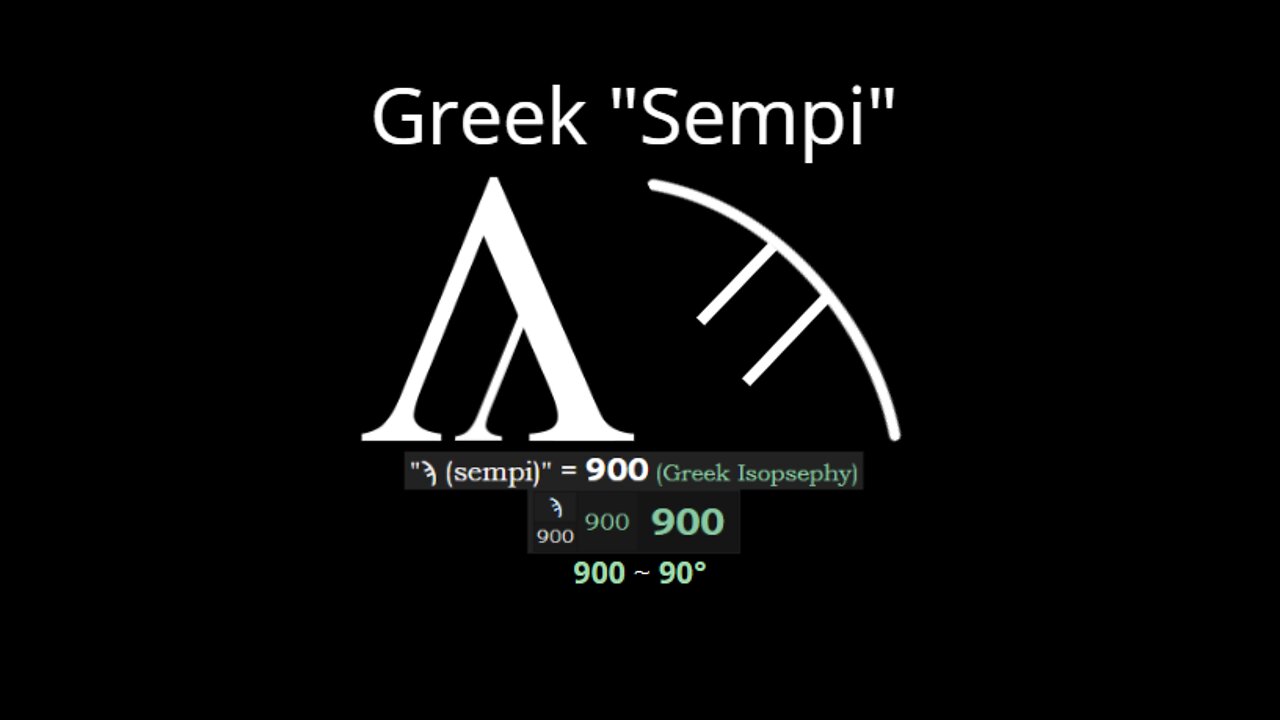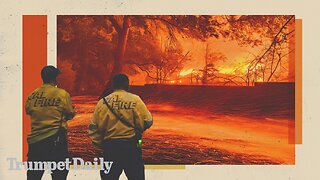Premium Only Content

Squaring the Circle on the 45° Sector Test
According to the standard model of cosmology the Earth at a circumference of nearly 25,000 miles is nearly 7920 miles in diameter. The Sun's diameter they tell us is 400 times the size of the moon which they tell us is 2160 miles, which has parody with the dimensions of the cube which has 2160°. (360° x 6 = 2160°) (2160° x 400 = 864,000) Hence they say the sun is 864,000 miles in diameter. 60 seconds x 60 minutes x 24 hours in a day is 864,00 seconds per day, times 10, and we have parody with the diameter of the sun. This means that if you could travel at a rate of 1 mile per second, it would take you 10 days to cross the sun. That's 109 Earth diameters. So, the entire width of the Earth by comparison is a tiny dot. Like the tip of a ball point pen on a post-it-note, and 108 post-it-notes to get there. If you take a survey to the sun, to the very center of the sun. The entire Earth would fit inside that dot.
The Earth according to the standard model rotates 360° degrees every 24 hours counterclockwise on an axis tilted at 23.4° degrees. This means that means for every hour the Earth turns precisely 15° degrees per hour. After 3:00 hours the Earth should have turned 45° degrees. This means that after 3:00 hours a direct survey line to the sun should be at 45°, no more and no less to the center of gravity.
This also means that 3 hours away at the same time the sun survey angle should be a 45° difference. If your survey is at solar noon, 12:00 o'clock high, then 3 hours away, their sun survey angle should be at 45°, and in 3 hours your sun survey angle should be at 45°.
But what if it's not? What if after 3:00 hours the sun is not where it is predicted to be according to the model? If you are always taking survey to the center of the sun then after 3:00 hours, if the sun survey angle is greater than 45° degrees. The model cannot be accurate. For every degree greater than 45° at a distance of 93,000,000 miles on the other end is off buy over a million and a half miles. Almost the distance necessary to fit an entire other earth in between where it is and where it should be.
For every degree of angle over predicted by the standard model. Changes the angle to the center of gravity, applies pressure to the circumference forcing it downward relative to the observer station at the original survey. To be brought back into parallel and effectively flattens the curvature.
Looking across the horizon means having to look through the atmospheric density. Keeping within a 45°sector means not having to look across those layers and fighting refraction. Refraction is least distortive within this 45° sector range.
Special Thank You to Corey Kell: https://flatearthintel.com/information
https://www.youtube.com/watch?v=Hns26othc3o
Music belongs to Solar Fields ~ The Stones Are Not Too Busy
-
 54:46
54:46
LFA TV
11 hours agoThe LA Apocalypse | TRUMPET DAILY 1.9.25 7pm
45.7K20 -
 57:50
57:50
theDaily302
16 hours agoThe Daily 302-CORY GAUTEREAUX
50.2K -
 9:49
9:49
Tundra Tactical
6 hours ago $2.11 earnedISIS ATTACK Screams Incompetence.
41K3 -
 47:51
47:51
Anthony Pompliano
1 day ago $8.50 earnedRegulators Tried To End Bitcoin?!
73.3K7 -
 8:39:59
8:39:59
BSparksGaming
12 hours agoMarvel Rivals Season 1 is ALMOST HERE! Time to Grind!
61.4K2 -
 45:26
45:26
Kimberly Guilfoyle
10 hours agoBreaking News Coverage of LA Fires, Live with Asm Bill Essayli & Jennifer Kelly | Ep. 187
62.8K75 -
 1:36:05
1:36:05
Redacted News
9 hours agoBREAKING! Trump Slams Communist California Dems over Wildfire Disaster | Redacted News
138K322 -
 51:20
51:20
Candace Show Podcast
9 hours agoJimmy Carter's Funeral Is Going Viral For All The Wrong Reasons | Candace Ep 129
119K329 -
 2:02:52
2:02:52
Revenge of the Cis
10 hours agoEpisode 1427: Californication
60.1K6 -
 1:02:16
1:02:16
In The Litter Box w/ Jewels & Catturd
1 day agoLA Ablaze | In the Litter Box w/ Jewels & Catturd – Ep. 716 – 1/09/2025
97.1K35